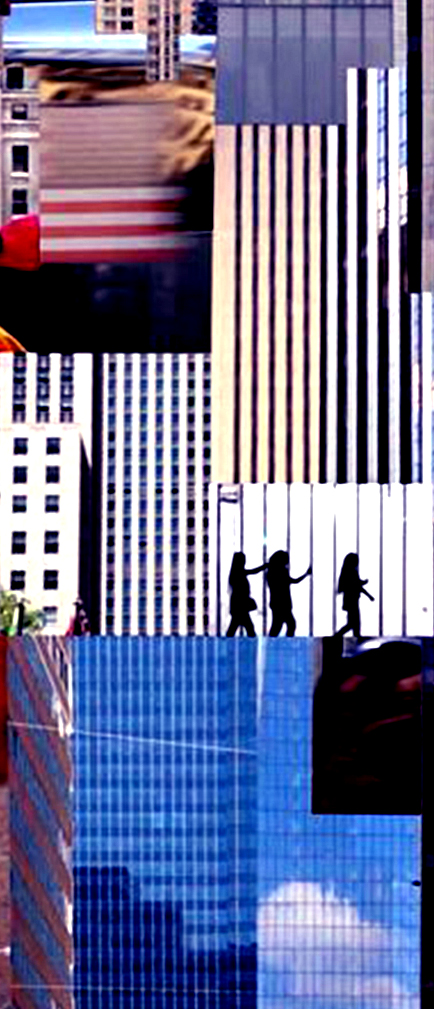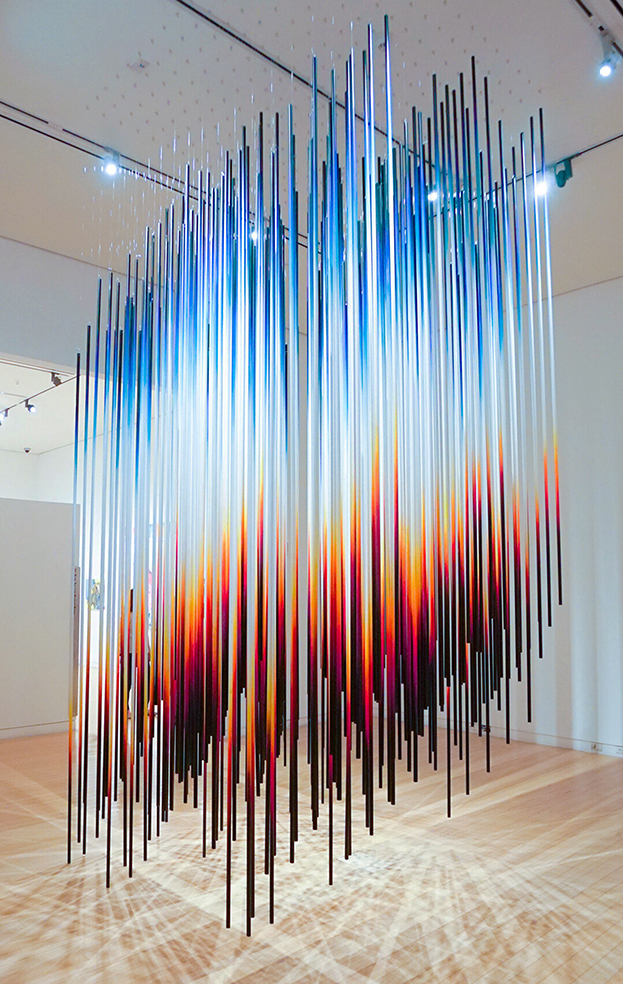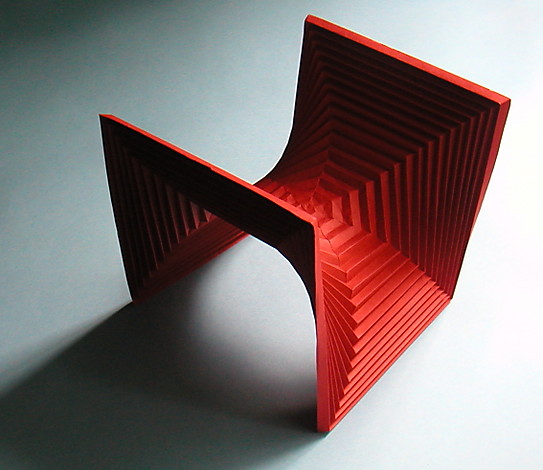
QUBIT AI: Iskarioto Dystopian AI Films
Athena
FILE 2024 | Interator – Sound Synthetics
International Electronic Language Festival
Iskarioto Dystopian AI Films – Athena – Spain
Athena is a captivating animation that immerses you in a psychedelic and nostalgic journey, evoking the retro aesthetic of 80s anime with its vibrant visual style. A world full of bright colors, geometric shapes and surreal landscapes that explores the corners of the human mind, providing a unique visual experience.
Bio
Iskarioto Dystopian AI Films is an emerging Spanish artist, empowered with cutting-edge AI tools, a fusion of human creativity with machine potential. He is known as a visual alchemist, pixel manipulator, and graphic, dark, dystopian storyteller. Since its premiere in 2022, it has been shown in art galleries around the world, having won the Artistic Award at the AI Film Festival Montpellier 2023.
Credits
Music: Athena by Karl Casey


























